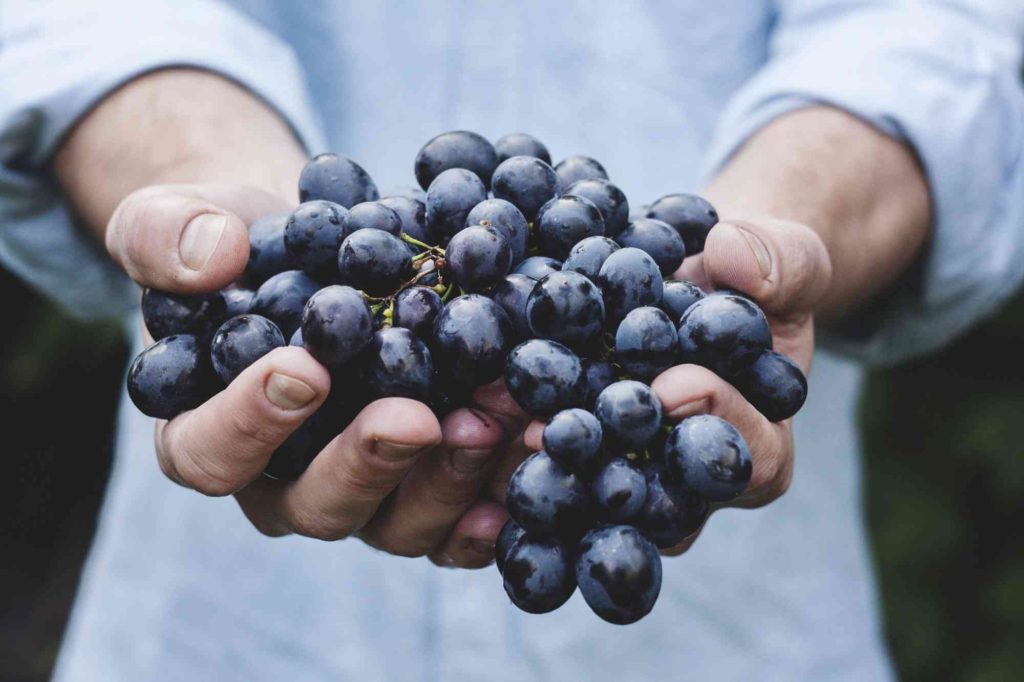Skip to content
Facts about Australian wine
- Red wine’s flavour mostly comes from the skin of the grape (the actual juice is clear!). The tannins are from the skin, the stems and the seeds of the grape. White wines flavour stems mostly from the flesh.
- Australia has some of the oldest grape vines in the world. Many of Europe’s established vineyards were destroyed by disease (phylloxera) in the 1800s, and some of the only survivors were the vines brought to Australia.
- Australians are the English-speaking world’s biggest wine drinkers, consuming 21.1 litres each annually.
- Australians tend to drink white wines too cold and reds wines too warm. Serving a wine too cold suppresses its fruit flavour and exaggerates oak character and tannin. Serving it too warm exaggerates alcohol but softens tannin.
- Letting wine breathe releases all of its flavours, but it won’t happen if you simply draw the cork and let the bottle stand. You must aerate the wine, which is best achieved by decanting – pouring it into another container. This will allow oxygen into the wine, intensifying the aroma and taste.
- About two million bottles of wine leave Australia every day heading for 111 international markets – about 60 per cent of our wine production. Australia is the fourth biggest exporter of wine in the world but only the sixth-largest producer after France, Italy, Spain, Argentina and the US.
- Grape varieties do not determine sweetness: winemakers do. Any grape can be made into sweet or dry wine – the winemaker just has to add residual sugar during or after fermentation.
- The sugar in grapes is what ferments into alcohol. A “dry” wine means there is little or no residual sugar left in the wine. “Sweet” wines still have some (or added) sugar in them.
- Most wine bottles have a punt – the indent on the bottom. There are many theories as to how the punt originated and what it’s for, such as: it facilitated stacking in olden times; the earliest bottles were more stable upright if they were punted than if they had a flat base; and the punt collects the sediment in old reds and makes decanting easier.
- The most expensive bottle of Australian wine ever sold in the world is the Penfolds 2004 Kalimna Block 42 Cabernet Sauvignon, which sold for a whopping $168,000 in 2012.
- The best reds tend to come from healthy old vineyards with very small berries; the more skin per litre of red wine, the more flavour, and less chance of harsher tannins affecting the wines’ smooth finish.
- Grapes are the most planted fruit crop in the world. At last count there was about 20 million acres planted worldwide.
- Wine is fourth on the list of Australian farm exports after beef, wheat, wool and dairy.
- The rate of wines spoiled by cork taint can be between 2% and 10%, and gives the wine an off-flavour and smell similar to wet or mouldy cardboard.
- Cork is the bark harvested from a full-grown cork tree every 9 years (it is unharmed in the process!). Today, screw caps are replacing corks on more than just inexpensive bottles. Currently, screw caps seal 75% of Australian wines and 93% of New Zealand wines.
- It is a common misconception that all wines improve with age. In fact, more than 90% of all wines should be consumed within one year.
Scroll to Top

